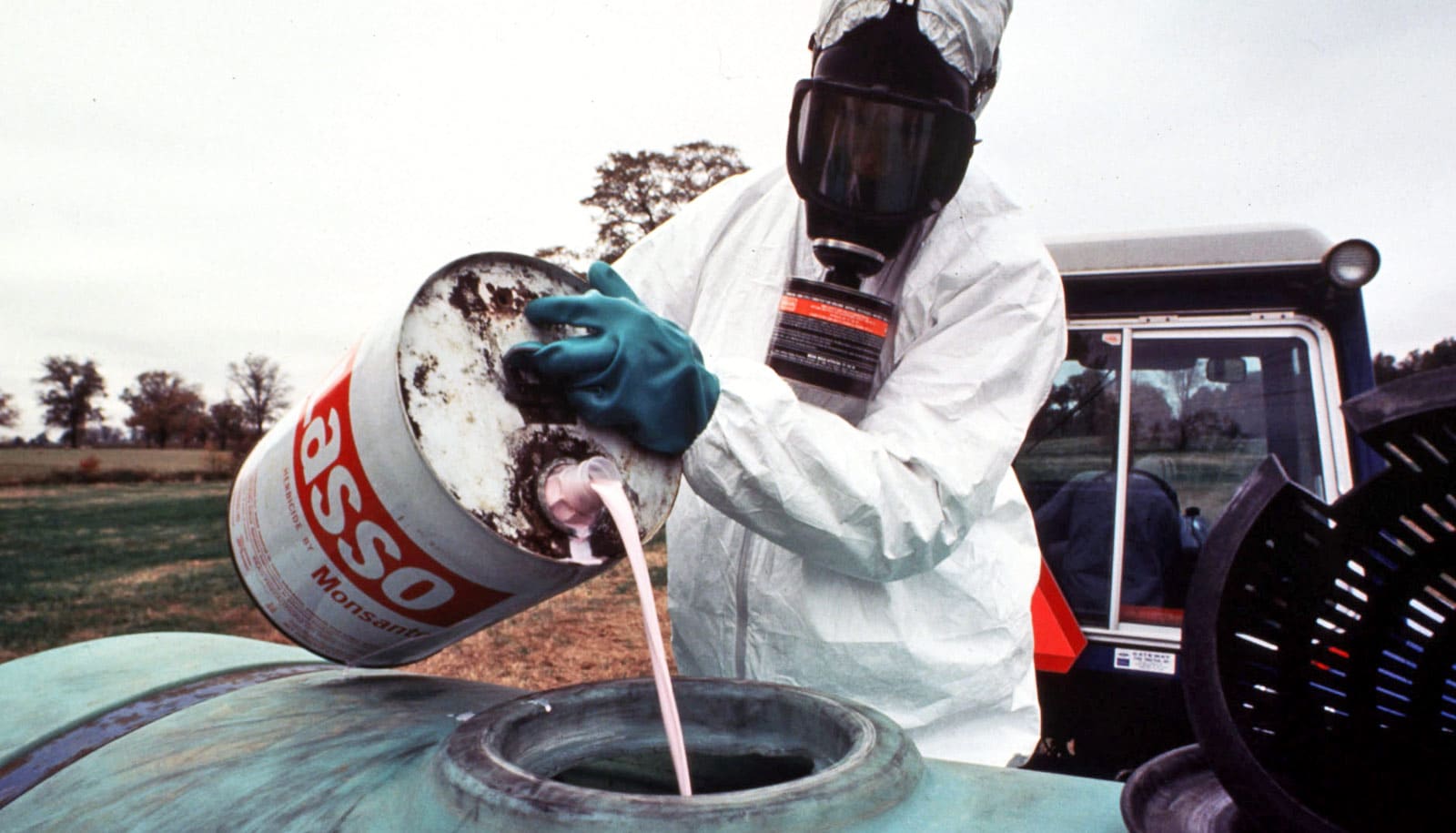Past exposure to the insecticide and pollutant DDT may contribute to diabetes risk among Indian immigrants to the United States, research finds.
The study in the journal Environmental Science & Technology links high levels of DDT, or dichlorodiphenyltrichloroethane, in Indian immigrants with risk factors for metabolic disease.
“Our findings evoke a new interpretation of Rachel Carson’s famous book Silent Spring, in that the high DDT exposures of South Asian immigrants in the US currently fall on deaf ears in the US,” says lead author Michele La Merrill, an associate professor in the University of California, Davis department of environmental toxicology.
But isn’t DDT banned?
“Although DDT remains in use in other nations and migration globalizes these exposures, people in the US often mistakenly regard DDT exposure as no longer relevant to our society due to its ban in this country nearly 50 years ago.”
La Merrill says that high exposure levels in these immigrants may be causing their increased risk of obesity and other metabolic diseases, but medical doctors are often not aware of that possible link.
Asian Indians have a higher risk of diabetes than other populations, and this risk extends to Indian immigrants in the US, Europe, and elsewhere.
In 2004, the United Nations Stockholm Convention banned the production and use of many persistent organic pollutants, or POPs, such as DDT and polychlorinated biphenyls, or PCBs. However, POP production and use continue in some nations that did not ratify the treaty, including India and other South Asian countries. Previous studies have found DDT in samples taken from the environment, food, and people of the Indian subcontinent.
DDT in the blood
La Merrill and colleagues wondered whether prior exposure to DDT and other POPs could influence Asian Indians’ diabetes risk, even after they had immigrated to the US Based on results from animal studies, the researchers hypothesized that POPs could contribute to diabetes by causing excess fat deposition in the liver, which in turn can lead to insulin resistance.
To test their hypothesis, the researchers examined the levels of 30 environmental pollutants in blood plasma samples from 147 Asian Indian participants, 45 to 84 years old, living in the San Francisco Bay Area. The researchers detected levels of numerous POPs that were much higher than levels previously found in other US populations.
In particular, people with higher levels of DDT in their blood were more likely to be obese, store excess fat in their livers, and show increased insulin resistance compared to people with lower levels.
Although more research is needed to establish a causal relationship, these findings could help explain the increased diabetes risk for Indian immigrants and have public health implications for the approximately 1.8 billion South Asians throughout the world, the researchers say.
Funding for the work came from the National Institutes of Health and the USDA National Institute of Food and Agriculture.
Source: UC Davis


